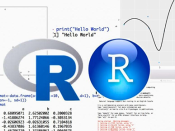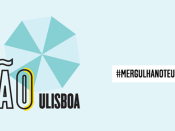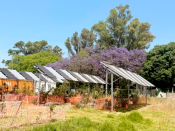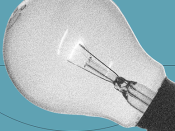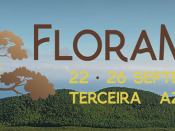Por Marta Neres e Susana Custódio.
Monchique is a 902 m mountain standing out from the surrounding plane of southern Portugal. It comprises alkaline magmatic rocks of Late Cretaceous age intruded in a post-rift context; hosts the most active seismic cluster (high rate, low magnitude, <M4) in mainland Portugal; and has important hydrothermal activity.
We present results from new magnetic and gravity surveys and modeling, and from relocation of the seismic events. We find that the intrusion is located on the topmost 8 km below the surface and that most earthquakes occur below this depth. Our results allow us to discuss the relationship between the seismicity and the magmatic intrusion, as well as the roles of hydrothermal fluids and the nearby plate boundary in facilitating and driving the seismicity of Monchique.
Transmissão via Zoom (pw: SES2024IDL).





